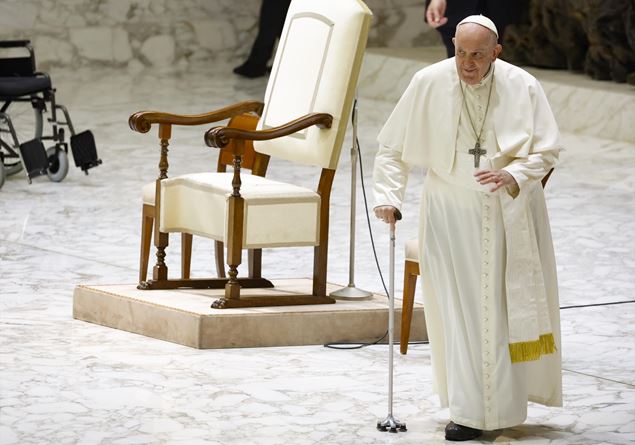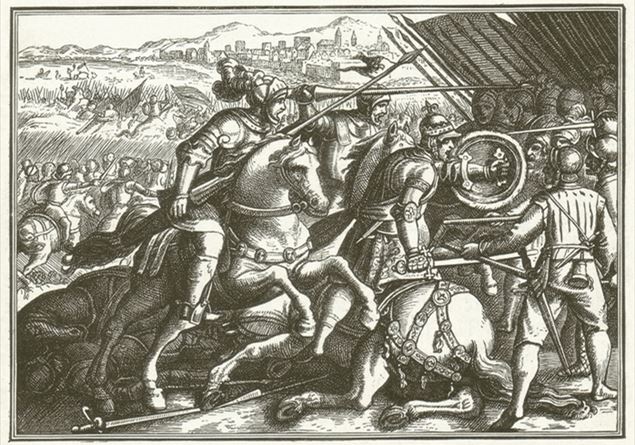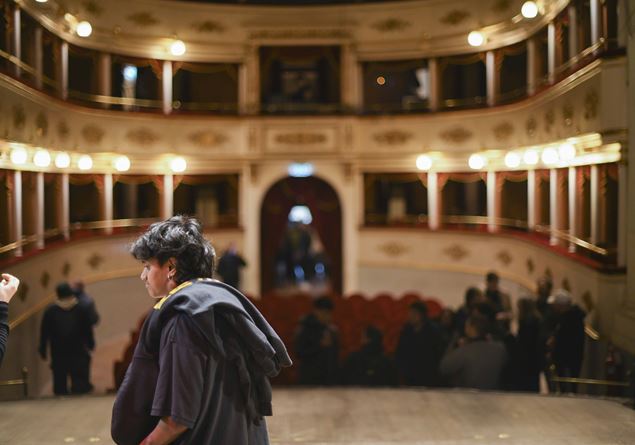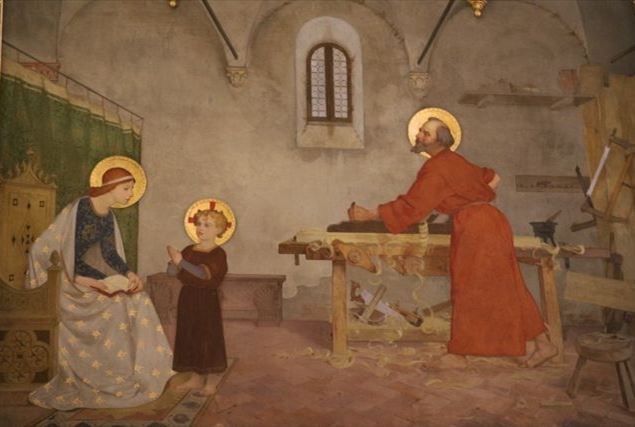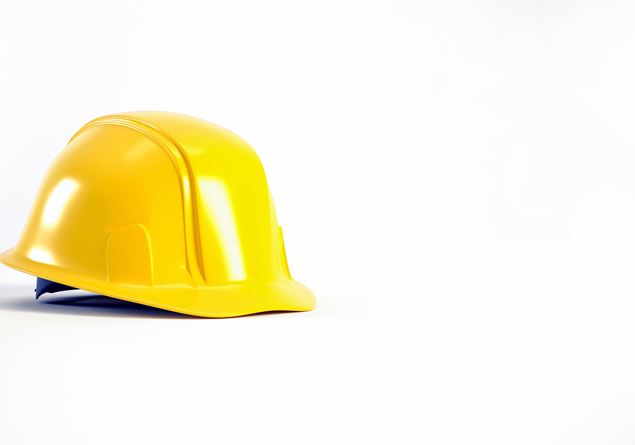The most flashy “sign” in the city of the event that went down in history and history of art as a consequence as the battle of Pavia, which saw the opposite of February 24, 1525, 500 years ago, at the gates of Pavia the armies of Charles V and Francis I, it is a lack: the north side of the Visconteo Castlewho is no longer there: in 1527, in 1527, by the French army led by the Count of Lautrec, to avenge the defeat of Francis I took place two years earlier in the battle of Pavia. What is seen today are the remains of the rear -end walls built in the mid -sixteenth century, juxtaposed by the Spaniards who arrived following the success of Charles V to dominate the Duchy of Milan.
The battle at the end of a rather long siege was not consumed around the Visconteo Castle but a little further north, in the park today of the Vernavola, near Mirabello Castle, not to be confused with Montebello della Battaglia, which is south and alludes to An ancient Roman vintage battle. Of this historical event celebrated in many works of art for the world, there is talk of an important hub for Europe and for the way of making war in history. We tried to understand the meaning with Mario Rizzo, a member of the organizing committee for the celebrations that promotes a year of events, the ordinary professor of history of the economy at the University of Pavia who seems to be the scientific committee of the international conference scheduled for the first scheduled Week of Apriland who answered our questions.
Why in Pavia, historical or geographical reasons?
Starting from the late fifteenth century until the early thirties of the sixteenth century Italy is located at the center of a turbillon of wars – not surprisingly known as wars of Italy – changes, regime changes that reflect the ambitions of the great geopolitical actors of the time : the Habsburg Empire of Spain and the French monarchy. Among the areas that are at the center of these ambitions more than others, and then destined to become both Spanish, there are Naples and the Duchy of Milan, which had first been the Sforza, then it became a little French and only from 1535 It will be definitively asburg-scan. Lombardy, which the Spaniards will call El Corazon of the Empire, or the “key of Italy” a bit because it is at the entrance of the peninsula, a little because it is a very rich region, so much so that at the beginning Spanish and French contended for it in the incorrect illusion that could finance their wars even outside of Italy.
Does Ticino have to do with the city, tributary of the Po navigable to Venice?
No, even if some body left on the field by the battle of Pavia was found not surprisingly in the Venice lagoon. But this is only a geographical fact, instead the fact that Pavia was a shopping center, economic, important in the lower Lombard also weighed from a military point of view, as well as a city that had a tradition, which had its maximum splendor among the 850 and 950, but which preserved a fame and an important university in which they had studied and taught in those years important people.
Why did they lose the French and won the Spaniards?
Battle experts such as Marco Calandra and Gigi Casali agree that the French were at the time very valid fighters, but still medieval knights, less skilled as strategists: The siege of Pavia, which lasted several months, was probably a tactical error, which allowed the Habsburgs defeated in Milan to reorganize the forces and prepare a rescue army for the besieged city. Unlike Charles V Francis I, sovereign of the French, he went down to the battlefield at the head of his troops. It is true that no historical event ever has only one explanation, but it is very likely that in addition to the dynastic, economic, geopolitical and military issues, it has weighed in him a psychological element, that he regained Lombardy, who had been of some of his predecessors, was For the Prince of the Knights, the heir of the cultural tradition of the Paladins, a point of honor.
What does the victory represent in the other field?
The battle of Pavia It is not the end of the wars of Italy and not even the definitive conquest of the Duchy of Milan by the Spaniards, but it is a very relevant event because with it, symbolically, the status of Charles V as a young sovereign in great ascent growsthat in the following years he will inflict remarkable Smacchi both to the French and to the Pope, allies in the League of Cognac, Antioxburgics, known as the second Holy League.
Does the fact that the battle inspire artists depend on this symbolic role?
Think of what the fact that one of the most prestigious and powerful sovereigns of the West, Francesco I, 31 years old, in the midst of his physical prowess, is injured in battle, although not too seriously, made prisoner, can mean for the time. And then brought to Madrid and therefore in the position of signing unfavorable peace agreements. As can be seen from the multimedia exhibition in progress at the Visconteo Castle of Pavia, the battle has been represented in art almost immediately and there are prints that document it with almost chronicles intent, even if sometimes as we point out in the captions, they contain chronological errors: In some the besieged city, for example, already has the walls, the so -called Spanish walls, which are from the second half of the sixteenth century.
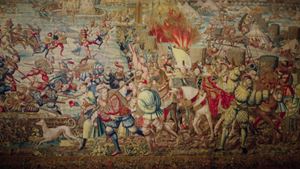
What is the most important work?
The most important work with the battle of Pavia as a subject consists of seven large tapestries designed and woven in Flanders Where the most famous weaving artists worked, and then donated in 1531 to Charles V, as a tribute to the sovereign. Today they are kept at the Capodimonte Museum in Naples, they are currently on display in the United States, but Everyone will come for the first time in the city for the Pavia exhibition, 1525: the city, the arts, the battle, from 18 September 2025 to 20 January, at the Visconteo Castle. It is curious the fact to make it immediately evident that they are the work of Fiamminghi there are the roofs of the Pavesi houses that look very much, too much, to the pitched ones of northern Europe. Other works dedicated to the battle are located at the Royal Armouries Museum in Leeds, the National Museum in Stockholm and the Oxford ASHMOLEAN.
Is it true that the battle of Pavia has also “changed” the way of making war?
The battle of Pavia marks a turning point from a technological and socio-military point of view: it is certainly not the first time that firearms are used and in particular the arches, but it is one of the very first occasions, if not the very first, in which, used very skillfully on the one hand, they were decisive. There is also a sociological figure: Spanish infantrymen belonging to medium-low classes defeat the military crème de la crème of the time, the French heavy nobility cavalry in which Primus Inter Perses is the sovereign. Many of these nobles, except in cases of hand -to -hand body that are also there, are killed by arcious blows. This does not mean that the cavalry will no longer be important, it will still be in the American wars of the nineteenth century, in the Crimean war, but the one seen in the battle of Pavia will remain a very relevant change, even if the nobility will continue to be a crucial element of power politician for centuries even in the most powerful monarchies from a military point of view.
Is the story or legend the recipe for the Pavia soup?
The border between history and legend is often labile, legend has it that the soup with the Pavese made of slices bread, probably stale, with an egg and cheese on top, covered with boiling broth, would have been offered in the famous farmhouse found near the castle of Mirabello to the king of France caught and not exactly well in the tool: poor ingredients, probably residual in a place that has undergone a long siege. A simple dish like many of the Italian tradition, around which a legend has built which also seems to have some basis. There are also cultural associations that protect and promote the recipe.
How was the north side of the Visconteo Castle?
https://www.youtube.com/watch?v=1xplqpo16iq
Video taken from the website of the Civic Museums of the Castle which now host the multimed exhibition on the battle, in which the avatars of Charles V and Francesco I tell visitors their adventure.



